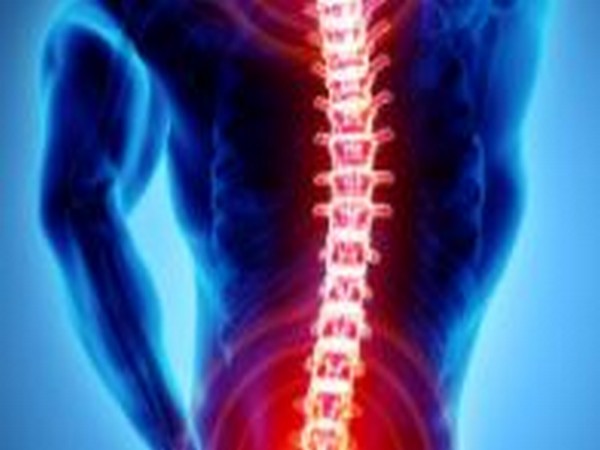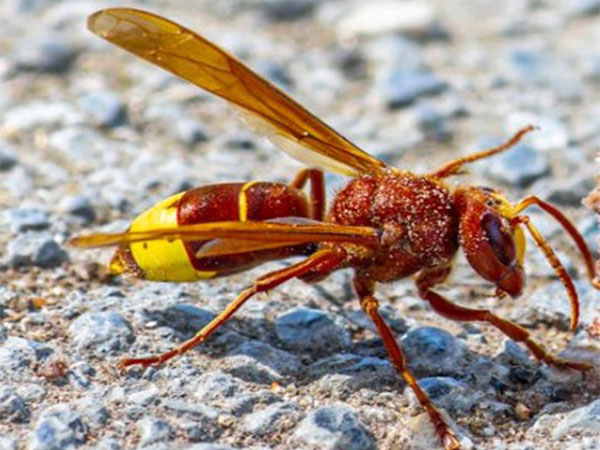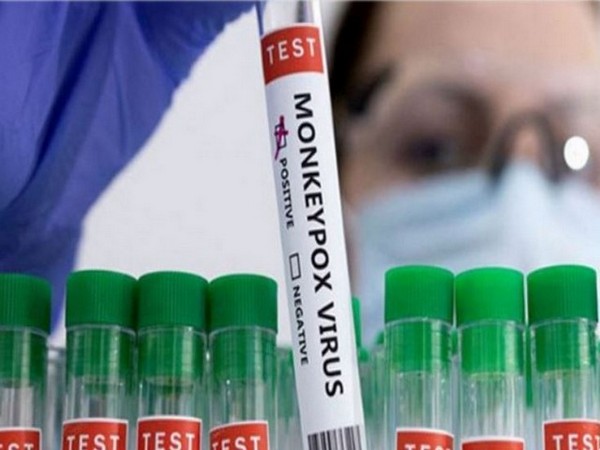
Pennsylvania [US], May 19 (ANI): According to a study, next-generation DNA sequencing (NGS) methods reveal the presence of bacterial DNA in surgical specimens of hip and knee arthritis from patients having first-time total joint arthroplasty. The findings of the study were published in the Journal of Bone & Joint Surgery. The journal is published in the Lippincott portfolio in partnership with Wolters Kluwer.
The findings “add to an increasing body of evidence indicating that native joints harbor microbes, as part of a microbiome, although the clinical relevance of these findings and the mechanism of microbial colonization are still unknown,” according to the new research by Javad Parvizi, MD, FRCS, of Rothman Orthopaedic Institute at Thomas Jefferson University and colleagues.
Extensive study has been conducted in recent years to investigate the impact of microbiomes (the kinds and variety of bacteria found in various bodily regions) on human health and illness. Researchers can use powerful NGS methods to identify evidence of bacterial DNA that would otherwise go unnoticed. Even when no particular bacterial cause is established, infection is a primary cause of joint failure in individuals having total joint arthroplasty.
In the past, it was thought that the native hip and knee joints, as well as other body areas unaffected by surgery or other potential causes of contamination, were sterile. However, recent microbiome studies have found bacterial DNA in many “body sites previously assumed to be sterile,” for example, in a developing fetus, the breast, and the shoulder joint.
In the new study, Dr. Parvizi and colleagues obtained intraoperative samples of synovial fluid, deep-tissue specimens, and intramedullary swabs from the operative hip or knee from 117 patients undergoing first-time hip or knee arthroplasty. Samples were collected with strict attention to sterile technique in order to minimize the risk of bacterial contamination.
The researchers then utilized a commercial NGS platform to analyze the types and diversity of the microbial DNA in each specimen. Analysis of more than 800,000 DNA “reads” led to the identification of 361 different species of bacteria. Overall, bacterial DNA was found in specimens from 113 of 117 patients with hip or knee osteoarthritis.
The five most frequent types of bacteria were Escherichia, Cutibacterium, Staphylococcus, Acinetobacter, and Pseudomonas – all common infection-causing microbes. The findings were generally similar for the three sample types, although the intramedullary swabs showed slightly higher bacterial diversity than synovial fluid or deep-tissue specimens.
Microbiome findings were found to be unrelated to a wide range of patient-related factors, including age, sex, race, and comorbidity. However, the hospital at which the arthroplasty was performed was shown to be a significant factor, explaining 18.5% of the variation in one measure of bacterial diversity. This finding might reflect differences in the types of bacteria found in hospital environments or possible intraoperative contamination.
The only other significant factor was history of corticosteroid injections, a common treatment for hip and knee osteoarthritis. The results showed “differential abundances” of bacteria in patients with corticosteroid injections in the past six months, again raising the possibility of contamination. However, the researchers note, “the most common species observed in this study were not among the most common in previous skin microbiome studies, suggesting that the microbial profiles detected are not likely explained solely by skin contamination.”
The study adds to a growing body of evidence that native joints, traditionally assumed to be sterile and bacteria-free, are somehow exposed to microbes. The researchers emphasize the need for further studies to assess the relationship between the hospital where patients are treated and the bacteria detected in “closed microbiome environments,” such as the knee and hip joints.
Dr. Parvizi and coauthors conclude: “These findings contribute to establishing the baseline microbial signal and identifying contributing variables in the osteoarthritic joint, which will be valuable as a comparator in the contexts of infection and long-term arthroplasty success.” (ANI)





















